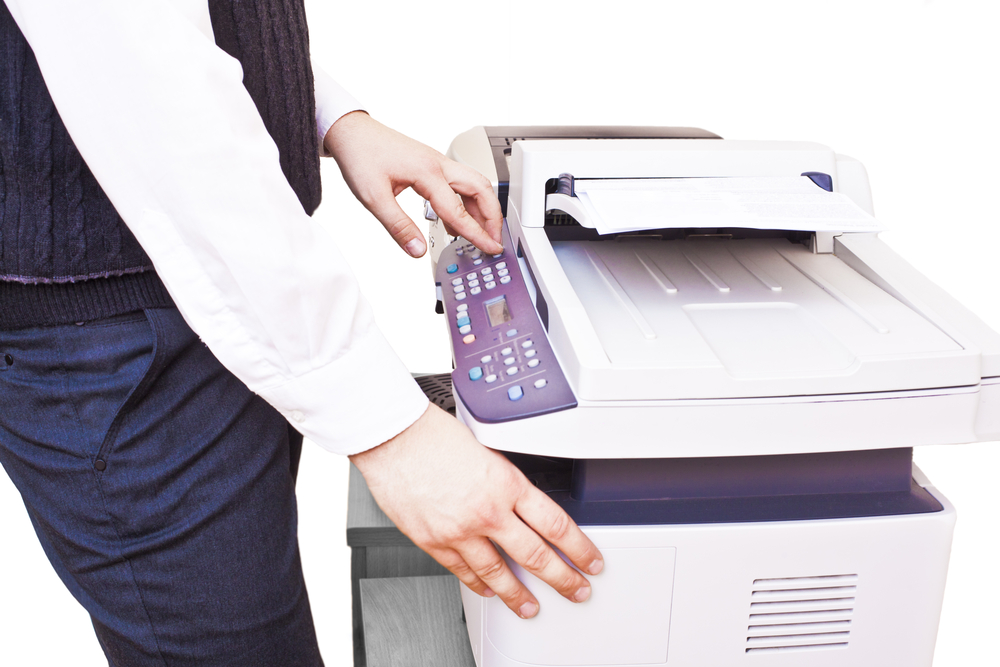

The uses for VoIP and SIP trunk lines are rapidly expanding, but some analog functions still need to be supported. In particular, many companies are nervous about moving to VoIP because they don’t want to lose faxing capabilities. While documents can be sent via email, many times a document needs specific information or a signature and then needs to be returned. For many businesses, the preferred method is using a fax.
Some companies have turned to VoIP servers that still have analog ports, but maintaining a server is a cost that many companies don’t want. The challenge is to find a way to fax while still using VoIP service, without needing to have an on-site analog line.
There are several different ways to fax over a VoIP network. The first method is called Relay. This allows the sending fax machine to send analog data as normal, but it’s intercepted by a gateway that demodulates and packetizes the data. The packetized data is sent to another gateway that remodulates and transfers the data back to analog, and then the destination fax machine receives the analog data as normal and prints the fax. This method is very reliable and generally preferred.
A second method is called Passthrough. This method allows faxing to be treated the way other data transfer is handled over the network. The fax data is digitized and then sent to the destination gateway with Real Time Protocol (RTP). The receiving gateway then transfers the data back to analog and moves it to the fax machine, where it is printed like a normal fax. The concern with this method is that RTP does not resend dropped packets, which can cause data loss or delay.
A third method is called Store and Forward. This method uses a separate email server, which receives the fax data as an image file from the gateway. The image file is sent to the receivers email address. This method can be very cost-effective, fast, and save money on paper and ink, but it does require a separate email server. Unless an email server is already in use for another purpose, it is unlikely to be the best option for a company.
The primary benefit of faxing over VoIP is the seamless integration it allows with other network and VoIP functions. Faxing is faster, and with SIP trunking, more secure than a regular phone line fax. SIP trunking allows TLS encryption, which makes sure that the fax data being sent cannot be intercepted and read by someone other than the intended recipient.
Faxing over IP also eliminates dependency on specific hardware by allowing a company to move to a hosted VoIP solution if desired. Hardware does not need to be maintained son site, saving a business thousands of dollars a year. PBX equipment is becoming quickly outdated, a the additional costs and lost efficiency make it a poor choice for most firms.
Finally, faxing over VoIP reduces long distance costs and eliminates the need to maintain fax ports on a PBX system. This can save money on equipment if you choose to keep your system on-site, and will definitely save money on telephone line costs. Long distance charges on a PBX are an unnecessary expense in today’s business environment, thanks to the availability of VoIP and SIP lines.

Faxing still provides an important benefit to many companies, but the cost to maintain a separate analog system can be prohibitive. Faxing should not be a deterrent to adopting a VoIP and SIP line system. With the digital faxing methods described above, any company can use VoIP, including a hosted solution, and still maintain seamless faxing capabilities.